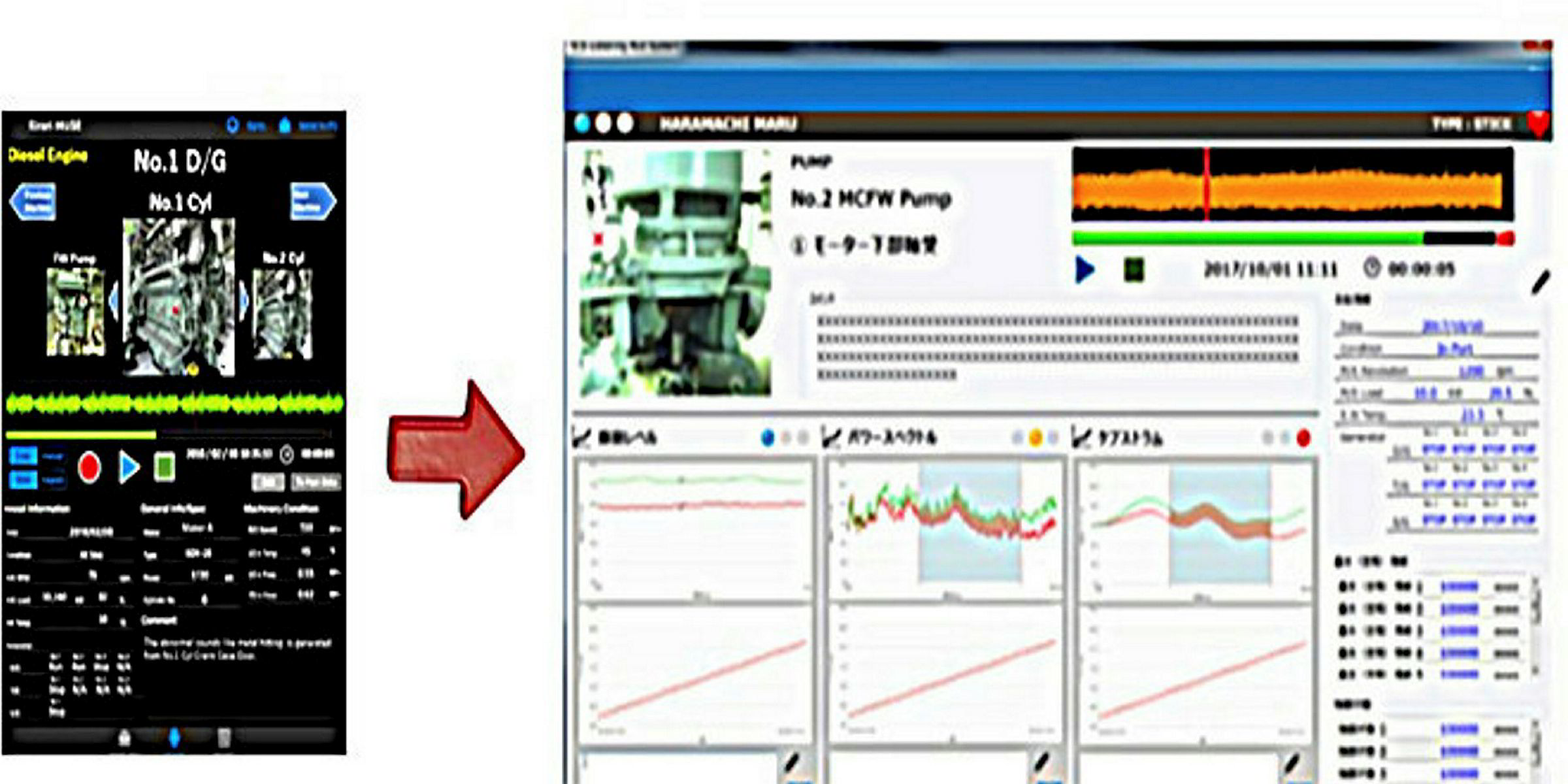Japan's NYK Line has developed an innovative sound-based approach to monitoring ship machinery.
Its subsidiary Monohakobi Technology Institute has come up with a diagnostic tool, Kirari MUSE, that detects potential machinery failure by recording and comparing the sound of machinery in operation. The sound, represented in visual graphic form on a tablet, allows remote and shore-based monitoring and analysis.
Kirari MUSE offers an alternative to the mainstream approach to machinery monitoring, which is principally based on the transmission of electronic data from sensors.
NYK said its method allowed it to use the experience and judgement of its engineers, who were familiar with the sound of healthy machinery. It should also allow maintenance to be carried out based on the condition of the machinery rather than the current time-based approach.
“The sound of machinery in operation is often an important factor used to diagnose the condition of that machinery. However, an unfamiliar sound is often difficult to convey to others. Kirari MUSE enables us to easily share sounds with others on ships and shore, and accumulated sound data can help us to realise small changes day by day,” it said.
“Utilising an application that accumulates the know-how of many years of vessel operational experience will allow NYK to perform highly accurate diagnoses and detect abnormal conditions and breakdowns of machinery at an early stage.”
NYK will soon begin sea trials of the technology.



